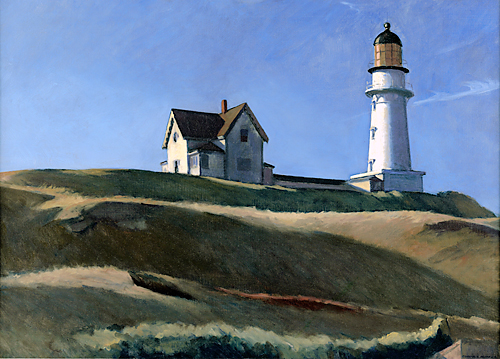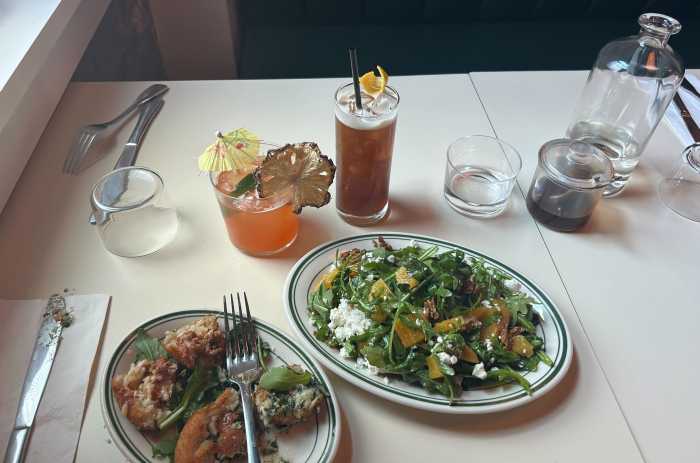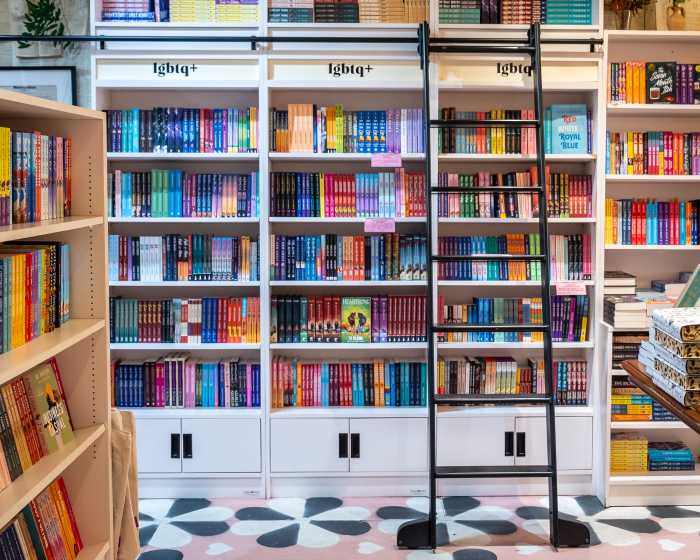After nearly five years of preparation, the Brooklyn Museum is finally ready to unveil its 100-plus piece exhibition honoring modernity, technology, and progress — but you can forget iPhone photos, iPad doodles and Cory Arcangel-type Nintendo sculptures; this is modernity, 1920s style.
But don’t be fooled: it’s more contemporary than you think.
“Youth and Beauty: American Art of the Twenties” is the largest, most comprehensive show on the subject of 1920s American art to date, and focuses on an increasing interest in the body, the juxtaposition between industrial and metropolitan environments amidst rapid and rampant urbanization, and the liberation of social mores.
The 140 paintings, photographs and sculptures in the show, selected by Managing Curator of the American Arts Teresa Carbone, address the era’s three main artistic obsessions: the body, the individual and the urban environment.
“I started to explore the ways in which artists were trying to cope with their new modern surroundings and two things became really apparent,” Carbone said. “They were really trying to assert their individuality, and there was a physical authenticity where they were trying to perfect the form and distill form, and create images that were counterpart to the craziness of the Jazz Age.”

Examples include: Thomas Hart Benton’s oil painting homage to his skimpy swim suit-wearing wife in “Self-Portrait with Rita”; a series of close-up photographs of nude torsos by Imogen Cunningham, a testament to the liberation of, and growing fascination with, the body; a George Copeland Ault oil painting of the view, “From Brooklyn Heights,” which shows the formerly industrial 1920s incarnation of the Brooklyn waterfront; Aaron Douglass’s oil paintings, “Congo” and “Charleston,” which illustrate the frenetic energy of the age while simultaneously including imagery — a white noose, for example — to invoke the racial tension that permeated 1920s culture; and Joseph Stella’s “The Birth of Venus,” which puts Venus in a pose made popular by advertisements in fashion magazines — a not-so-subtle commentary on body image advertising.
Stylistically, 1920s-style paintings are devoid of texture; instead, painters experimented with light, shadow, strong lines and geometric shapes to explore urban spaces that, before urbanization, had been unfamiliar to most. In terms of subject, the show is comprehensive and tremendously diverse, while cohesive enough to create a true cross-section, and adhere to Carbone’s thematic vision and outline.
Indeed, the exhibition is about the 1920s — when modernity meant flapper dresses, burlesque dancing and big city life — but it couldn’t come at a better time, when today’s youth is experiencing many of the same struggles, and asking the same questions.
“You had this corporate dominance,” Carbone said. “At the time, artists were not sure what direction they thought the country is heading in; they weren’t negative about modern progress but they were questioning it — they were questioning how to establish individuality and find escapes from technology that dominates everything.”
“Youth and Beauty: American Art of the Twenties” at the Brooklyn Museum [200 Eastern Pkwy. at Washington Avenue in Prospect Heights, (718) 638-5000], through Jan. 29, 2012. Museum is closed Monday and Tuesday. For info, visit www.brooklymuseum.org.

Reach Arts Editor Juliet Linderman at jlinderman@cnglocal.com or by calling (718) 260-8309.

























